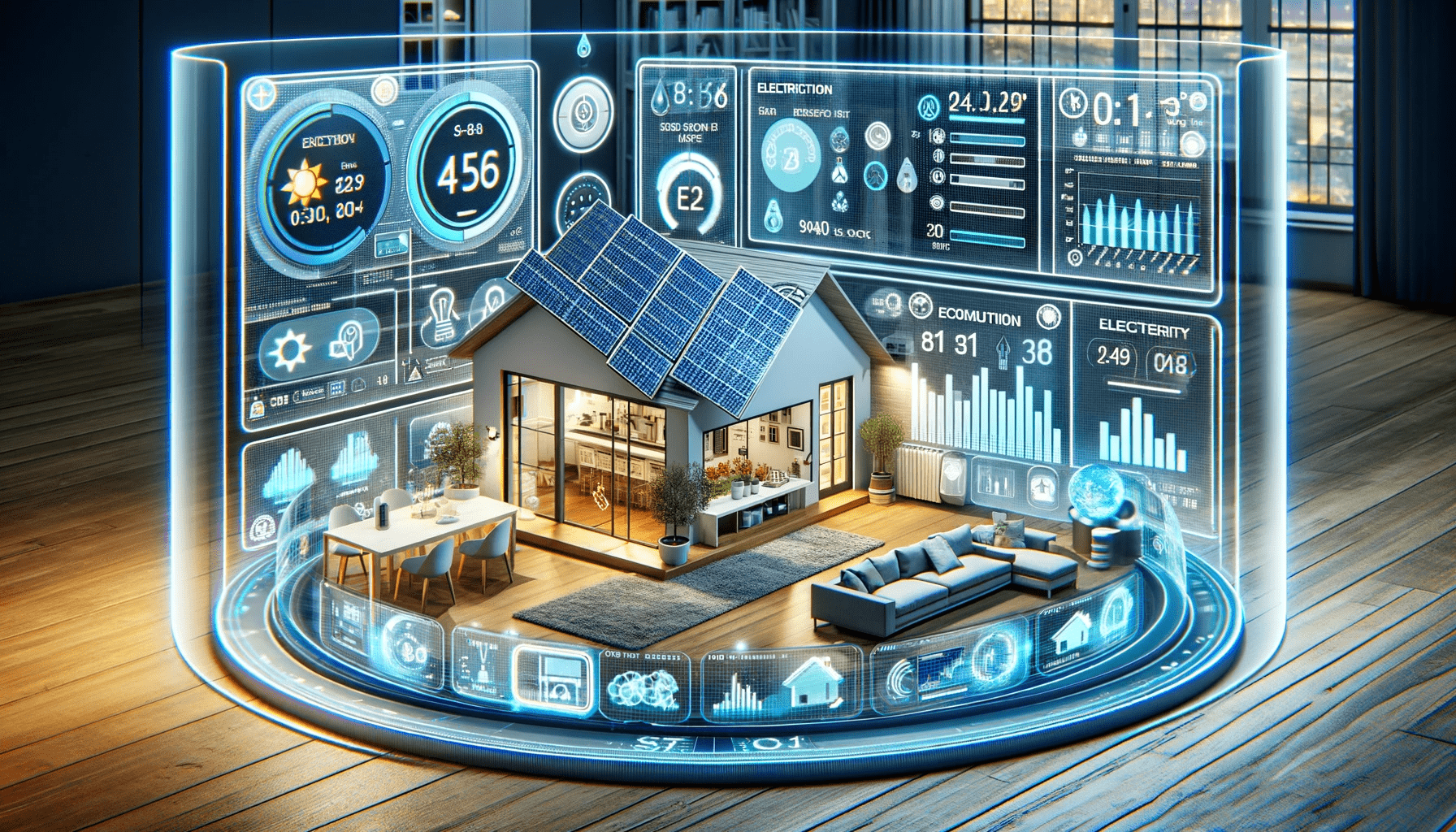As technology continues its relentless advancement, the smart home sector keeps pace with innovative integrations that aim to refine the convenience and control we have over our living spaces. The forthcoming HomePod 3 is a testament to this trend, rumored to be equipped with a screen and augmented artificial intelligence capabilities. These enhancements suggest a strategic shift to provide users with a more interactive and responsive smart home hub, cementing the device’s role as a central figure in the interconnected household of the future.
Smart home technology has been on an upward trajectory, with companies competing to deliver increasingly sophisticated gadgets. In previous iterations, the HomePod’s focus was on delivering high-fidelity audio and seamless integration with other smart home devices. However, industry conversations and consumer expectations have hinted at the desire for a more visually interactive and smarter assistant within smart speakers. As these devices become more central to home automation, there’s been a notable push for screens that can display information and facilitate video calls, alongside AI that can proactively assist with tasks and provide personalized experiences.
Emerging Trends in Smart Home Devices
The race to enhance smart home devices with more interactive features reflects a broader industry trend. Companies are not just improving the auditory experience but also adding visual elements to their smart speakers. Screens allow users to engage with their devices in new ways, such as watching content, managing connected devices with a touch interface, and enhancing communication through video calls.
Artificial Intelligence: The Smart Home’s Brain
Artificial intelligence is the cornerstone of modern smart home devices, enabling them to learn from user interactions and anticipate needs. The HomePod 3 is expected to push the boundaries of this technology further, potentially offering users an even more personalized and intuitive experience. This could include recognizing individual voices within a household and tailoring responses accordingly, or proactively suggesting actions based on user habits and preferences.
Investigating the evolution of smart speakers, sources like Engadget in “Amazon Echo Show 15 review: Bigger isn’t always better” and CNET’s “Google Nest Hub (2nd Gen) review: Sleep sensing is creepy, but the display’s great” offer insights into how companies have integrated screens and improved AI into their products. The Amazon Echo Show 15 and Google Nest Hub (2nd Gen) serve as benchmarks for how a screen can transform user interaction, despite the varying reception of these features. The integration of sleep sensing in the Nest Hub and the Echo Show’s large display for organizing household information reflect the multifaceted uses of screens in smart home devices and underline the potential for the upcoming HomePod 3 to capitalize on these functionalities.
Refinement of User Experience
The inclusion of a screen and enhanced AI in the HomePod 3 could redefine its usability. A screen adds a visual dimension to the audio-centric device, allowing for more versatile interactions. Enhanced AI promises a more intuitive user experience, with the device not only responding to commands but also anticipating needs based on user behavior.
Useful Information
- HomePod 3 may feature individual voice recognition.
- Anticipated screen inclusion could enable video communication.
- Enhanced AI might offer proactive household task assistance.
The anticipated HomePod 3 represents a leap forward in smart home technology, marrying the convenience of voice control with the benefits of a tactile screen interface and a smarter, more adaptive AI. For consumers invested in the Apple ecosystem, this device is poised to further streamline home automation and provide enriched interaction opportunities. As with any tech advancement, the proof will be in the user experience, with the potential for the HomePod 3 to serve as a central command center for the modern smart home. Such innovation underscores the growing importance of multifunctional devices in our daily lives.










